
Social Media Update for Indie Filmmakers, Part 2: Instagram
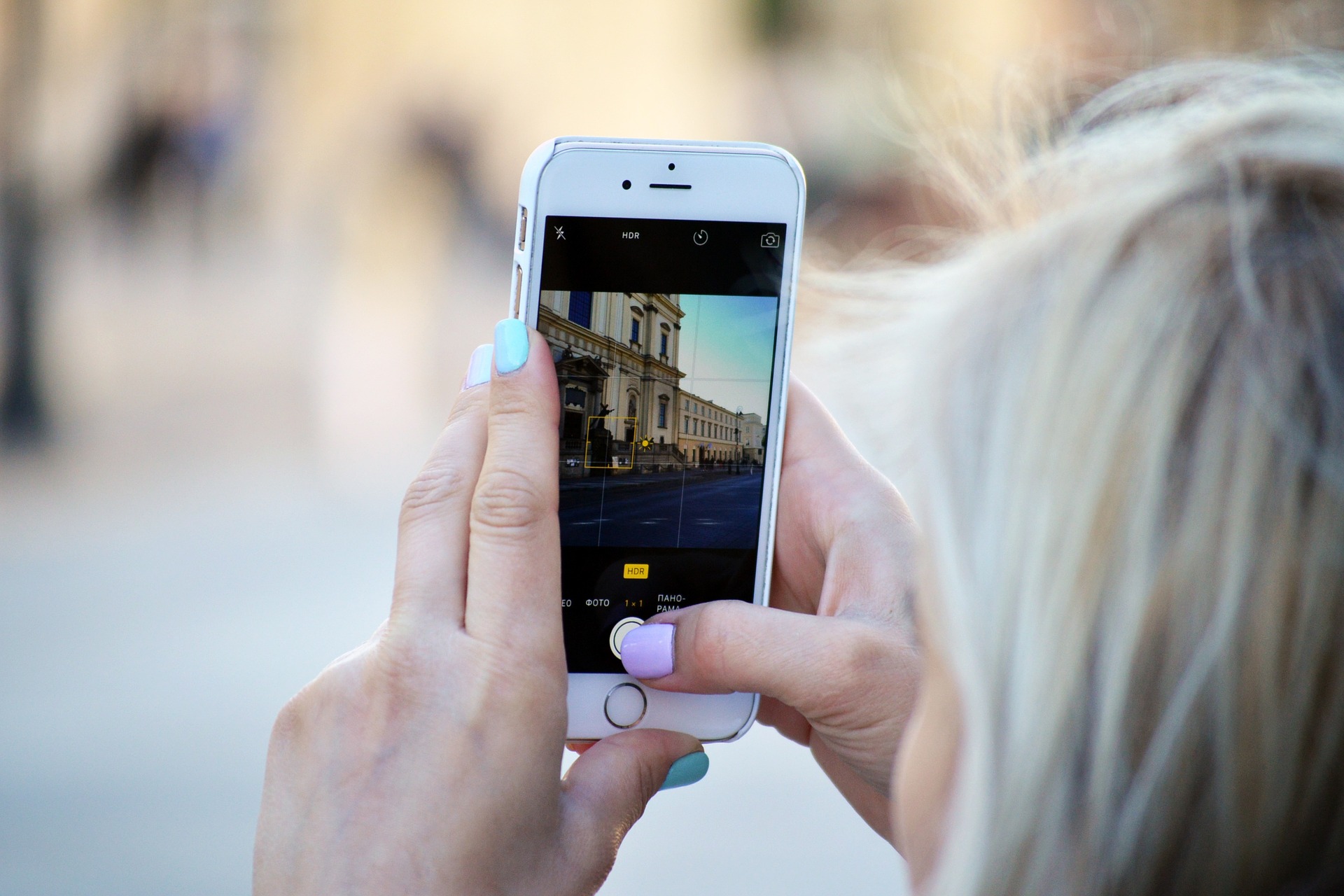
In the previous post, I wrote about changes I think most independent filmmakers should be aware of when it comes to using Facebook for their marketing efforts. This post will talk about Instagram, owned by Facebook, which has been growing exponentially since its debut in 2010.
The preferred platform of choice for the millennial set and no longer just a space for image-sharing. In the past two years, the convergence of Instagram and Facebook has made them extremely similar in that they share an ad platform, both have Stories capabilities and increasingly product sales capabilities.
With over 500 million daily active users, Instagram skews more female and most of its users fall between the ages of 13-29 yrs old. If this is an audience you need to reach, Instagram is a must have platform for your marketing efforts and you need to start thinking how to optimize for it.
Like Facebook, the platform is constantly evolving and this makes keeping up with the changes a challenge. Instagram also has instituted a political ads policy and now account administrators must register their accounts through their Facebook Business Manager’s Authorization section (find this section in Settings>Authorizations) in order to place advertising that has a political or issue of national interest topic involved. As discussed in the previous Facebook blog, this is a wide range of topics which can be seen to advocate on legislative issues such as abortion, civil rights, climate change, guns, healthcare, immigration, national security, social security, taxes, trade etc. If you are a documentary filmmaker, this advertising policy is likely to be something with which you have to contend and if your page is not authorized, you will not be able to place any form of paid advertising on your posts (including boosts) unless you have gone through the verification process.
Algorithms on all social media platforms are constantly changing. Instagram is no exception. The news feed algorithms determine who actually sees the content you publish and who doesn’t. Instagram has shifted the feed from strictly chronological to showing users “prioritized” posts and takes signals like an account’s relationship to the consumer (if someone takes actions on your posts, they are more likely to see more of them in the future), a consumer’s past interaction with similar topics (this relates to the kind of content you share and the associated hashtags being used), and how recently a post was made from a specific account (accounts need to post on a regular basis in order to have their content seen). Continual engagement from your followers is now more important than ever for both Instagram and Facebook success, especially since it can earn you one of the top spots in their feeds.
Increasingly, paid promotion is needed on Instagram in order to reach a bigger audience and gain more of a following (only through paid promotion can you add an action button such as Watch More or Learn More with a URL to click, otherwise the only link that is clickable on Instagram is in the bio section). One great use of paid promotion on Instagram is to grow your following. You can promote a post that has done well in the past, target the kind of audience that should relate to your content, and select your CTA (call to action) as Your Profile. When consumers view the content, they can click through to follow your account. In my experience, Instagram does not drive off site traffic very well so if you are going to pay to get in front of an audience, you may as well build up your following within Instagram.
In May 2018, Instagram paired up with a number of booking sites (Atom Tickets, Fandango and Eventbrite) to enable ticket sales directly on those platforms through your Instagram profile which can be handy when your film starts its theatrical launch. In order to add these to your Instagram account, you must have a Business Account and have an account or URL to link your action button to. Learn more HERE.
You may have noticed that while the run time for videos on Instagram remains at 1 minute, a new service was launched in June that allows for longer run times. IGTV made its debut this summer, featuring vertical videos with run times between 10 minutes (for Instagram accounts with less than 10,000 followers) and 60 minutes. The jury is still out on whether consumers will flock to IGTV, but it is a great place to experiment with video.
Filmmakers may have a more difficult time adjusting as videos will need to be formatted for 9:16 rather than 16:9. Follow examples from Jimmy Fallon and NASA (who definitely has video originally meant for widescreen, yet somehow edits to optimize it for IGTV) to see how they are optimizing their videos and connecting with audiences on a platform that is too new to be competing with thousands of videos yet. Buzzfeed and Instagram have started an initiative called VerticalU to help video creators learn about making optimal videos in a vertical format. First round applications closed already, but click here to learn about the course and see if they will have a second round of applications.
The Stories format on Instagram originally started with Snapchat, but now Instagram’s Stories sees 400 million daily users as opposed to Snap with less than 200 million users in total. The Stories feature is meant to be ephemeral marketing in that a story only lasts 24 hours and then disappears. It is possible to archive a story, but consumers must come to your profile page to see the archive rather than having the story at the top of their news feed.
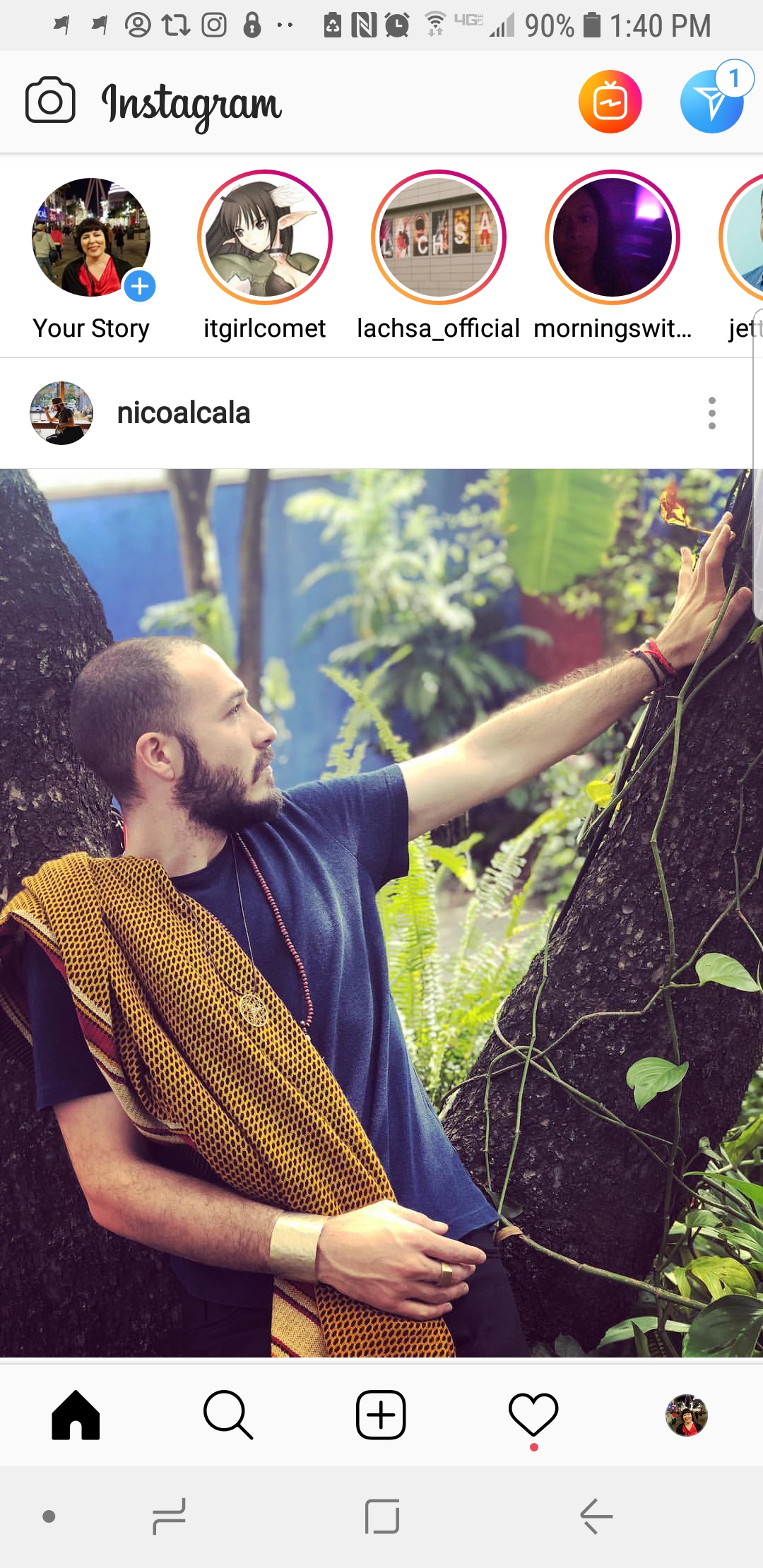
Think about using Stories to give a snapshot of an experience (like a festival or theatrical premiere) or to tell mini stories in the world of your film (things that are not in the actual film, but help set the stage for the story or extend the storyworld beyond your film). Instagram Stories can also be shared to your Facebook page to make a Facebook Story, but the functionality on Facebook is not the same. On an Instagram story, URL links can be added if the viewer swipes up on their mobile phone, but this function is not possible on Facebook. Things like polls or Spotify music links can also be added to Instagram Stories, but those functions do not travel over to Facebook if the same story is transferred.
Advertising can be placed within Instagram Stories as long as you are working through Facebook Business Manager. Short videos and images can be inserted to the Stories of other accounts in order to reach a wider audience. For more about using Instagram Stories advertising, click here.
Next time, I will take a look at Twitter, a site that has seen flat user growth in the last year and has been plagued by numerous spam accounts and bots. Is Twitter still worth your time? I’ll let you know.
Sheri Candler November 15th, 2018
Posted In: Instagram, Marketing, Social Network Marketing, Uncategorized
Tags: film marketing, independent film, Instagram, Instagram Stories, Marketing, Sheri Candler, The Film Collaborative
How Should Filmmakers Use Social Media in 2018?
Updated January 25, 2018 to take into consideration changes announced for Facebook and Instagram.
As 2017 winds to a close, I wanted to take some time to evaluate what I’ve learned in the social media space this year, both in my work with independent filmmakers and working for public media.
Between those two endeavors, I have helped to create, test and connect audiences to over 350 short videos made specifically for social media. The vast majority of those were less than one minute in length, included captions burned into each video, and used a paid social approach to ensure that the videos were seen by a highly targeted audience who would be most likely to share them.
Here are the main things I want to share with you as you contemplate your use of social media in 2018:
-
- Cardinal rule on social: The content you post must be interesting and relevant to motivate a reaction from the viewer. Boring links, boring videos, boring images, boring calls to action that clearly only benefit you WILL BE IGNORED [and will be demoted in the newsfeed by Facebook algorithm]. The organic videos that performed the best for me were a story in themselves. They weren’t trailers, they weren’t promo videos, they didn’t often include a call to action on the video, and they weren’t random behind the scenes footage. The stories took one main idea and presented it first, then explained the idea, then sometimes ended with a question to encourage people to comment. The more shares and comments the videos received, the more views it got. But why am I mainly talking about videos? Because…
- By 2021, 82% of global internet traffic will be attributed to video. As more and more newsfeeds are filled with short video content, your account will need to compete. You’re a filmmaker so generating quality video content should be easy for you. But remember, 90% of the videos people see in their feeds are watched with the sound off. Better to make a video that is not audio driven, but rather driven by images that can tell a story on its own. Also, it is best to present these videos in a square format, rather than in a horizontal rectangle. As most people now access social media platforms via their mobile devices, a square video (1:1) fills the screen and gives a much richer experience. Widescreen videos are crunched and make captions difficult to read. See good examples here and here.
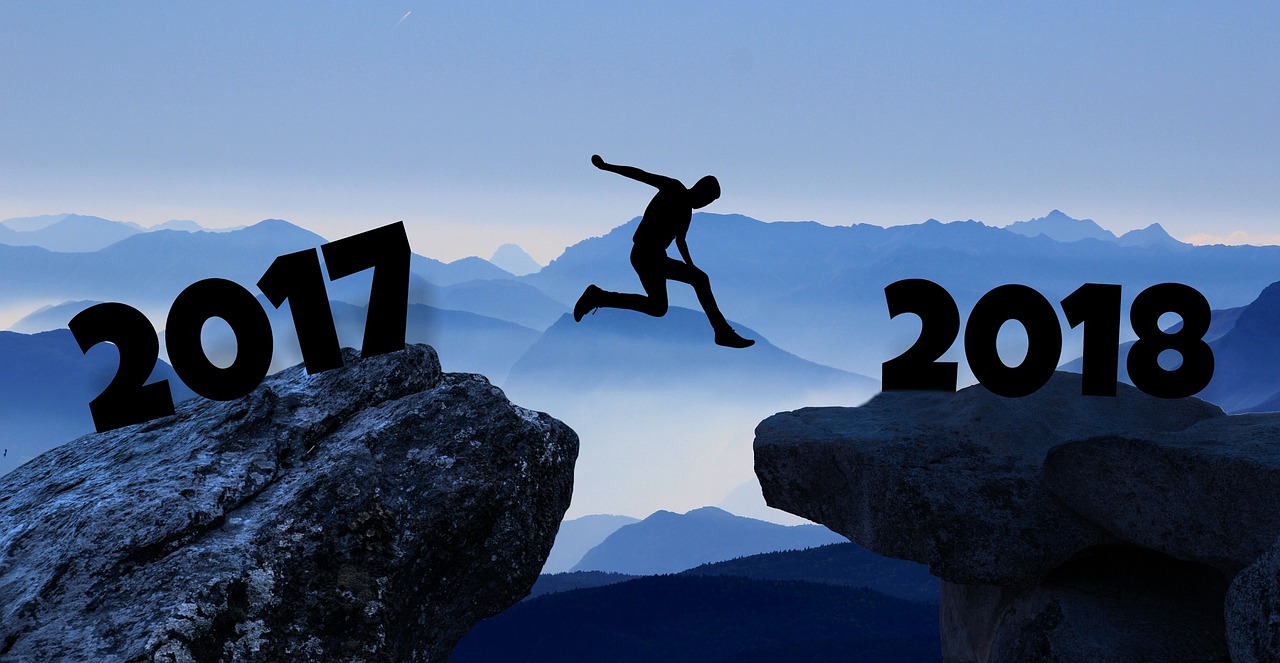
- Facebook Live, Instagram Live, Live Story for Snapchat, Periscope for Twitter, Youtube Live. Live or near live experiences will continue to proliferate on social. Some of this may be ephemeral content, that lives for only 24 hours. If you have an exciting event happening or you have access to a person with a large following, you should be utilizing live sessions on social media. Facebook, in particular, will be highlighting videos that receive lengthy interaction in the comment section. If you want to see a comparison between Youtube Live and Facebook Live, CLICK HERE.
- Influencer marketing is a thing, but it isn’t free. It is awesome to think that if you tag a celebrity, they will share your tweet, but the real impact comes from those who have an engaged following instead of a vague, large number. Look toward influencers that have a niche following and are more willing to get excited about your project than a tweet from a celeb who has little connection to your project. Another idea could be to utilize influencers as social media content creators for your project. Rather than hoping to access their network, perhaps you can pay them to create for yours. Be advised, the Federal Trade Commission is now cracking down on sponsored posts that do not publicly disclose a paid sponsorship arrangement. It is better to work with companies that specialize in bringing influencers and brands together, like MediaKix Mostly Sunny and Heartbeat as they are usually up to date on the regulations and how to negotiate deals. For an idea on pricing for working with influencers, see this Digiday report.
- Facebook organic posting is nearly dead. If you are still posting links, photos and videos that do not regularly receive multiple comments, you can stop. The company has just announced that it will stop showing posts by brands and publishers if those posts are not inspiring conversation (comments) as their new focus is on bringing people together, not pushing traffic and views. Facebook is not interested in sending traffic to other websites or providing a passive viewing experience (such as video views with no comments). This change will really hit pages that have not been inspiring conversation in their comment sections. However, don’t ask for comments in your posts. Engagement bait will be demoted in the newsfeed. This change will not affect paid promotion.
- Which means that you MUST invest in social advertising. Yes, you could boosts your organic posts, but you really should be set up on Facebook Business Manager and running campaigns through Ad Manager. You need a monthly budget to spend. Anyone who has tried to build up a following or reach their following on social will know the time of reliable, free, organic reach has passed, and it isn’t going to return since social media platforms have shareholders who want to see revenue. The good news is this allows for smarter advertising spend for a trackable return than publicity or more traditional methods of advertising (posters, postcards, flyers, TV/radio/outdoor/print). While a marketing mix is important and if you can spend to hire a publicist for earned media, and place media buys in as many outlets as possible, then by all means do it. But try tracking that write up in the New York Times or Variety to any kind of monetary return outside of an ego boost or calls from your friends to say they saw it. It is nearly impossible unless you run a survey at the theater or on a digital VOD service to prove that your publicity spend or traditional advertising spend resulted in any measurable return. There is so much proof of awareness and actual revenue tied to a digital advertising effort, even over the number of Likes/Retweets/Favorites and “Impressions.” Added bonus for Facebook advertising, you can create Custom Audiences to keep remarketing to those who have shown an interest in your posts rather than spending to hit the disinterested. You’ll just need to install the Facebook pixel on your website, store, Eventbrite etc in order to track properly and accumulate that audience for later targeting. Also, if you are going to be setting a monthly budget, you need to be setting monthly goals for growth. How do you know if what you are doing is working if you don’t measure against a goal? I wrote a piece on tracking social media earlier this year.
- Twitter growth is the slowest of all the major social media platforms. If you are building up a big following on Twitter, you may want to quickly branch out. Twitter is great for breaking news stories, but rather sucks for self promotional tweets.
- Instagram is also making changes, but they have been a little less forthcoming in this news. If you are using Instagram for business, such as having an account related to your film, you should make sure that it is set up as a business account, not a personal account. Just as years ago, Facebook stopped supporting personal profiles that were being used for business, Instagram is starting to do the same. Besides, it is great to access analytics that are offered on business accounts, so go ahead and set your account up like that or convert. Also, you should be taking advantage of Instagram Stories, rather than just posting photos and videos. Stories can now be archived on your account so they won’t disappear after 24 hours, as long as you choose to feature them on your account. For instructions, go HERE. One last bit of advice, start following hashtags that are relevant to your project. Accounts now have the ability to follow a hashtag, not just other accounts. See more on that HERE.
- This year, Facebook introduced Watch and rumor has it that they will start prioritizing shows rather than only short content in their newsfeed. With this knowledge (and the vast audience that Facebook reaches), have you considered turning that feature script into a series instead? A series of content with an ongoing narrative between episodes provides many benefits: increased audience retention, strict production schedule and time management, sponsorship opportunities, and being able to create a loyal community over the long run instead of starting over with each new project. Social media is a great place to ensure distribution of said series. It is also a low cost place to test out plots, characters, flow, audience reactions etc. without having to gather heavy investment for a feature that is untested and has no clear path distribution.
For everyone here at The Film Collaborative, I wish you a happy, creative, industrious, and prosperous new year. Look for members of The Film Collaborative at Sundance 2018 and at many other film festivals and events in the coming year.
Sheri Candler December 17th, 2017
Posted In: Facebook, Social Network Marketing, Uncategorized
Tags: Facebook, filmmakers, independent film, Instagram, paid social, Sheri Candler, Snapchat, social media, social media for filmmakers, social video, The Film Collaborative, Twitter, YouTube
Social media basics for filmmakers-a series
For the next several weeks, we will feature information for filmmakers who want to get started in using social media for their personal career and for their projects. These posts will be very basic in nature as we have realized that many members are confused/apprehensive/non tech savvy and we want to encourage them to be excited and proactive about sharing their work with an audience. At the heart of all social network marketing is the authentic, human need to connect and communicate with like minded people. This first post will prime you for the mentality change you need to succeed in using social channels. Quick jump to subsequent posts Myths, Facebook, Twitter, Youtube
Changing the mindset and finding the time
Before starting with questions like which is better, Facebook or Twitter, we need to recognize that the whole idea of sharing online and communicating directly with an audience takes a monumental shift in thinking. While it was the accepted norm that an artist would be separated from her audience and expected to create away from the public eye, only allowing them to see the work when it was launched into the market, this is no longer the case. Artists, and all people and companies really, are now expected to be open, accessible and willing to speak with the public.
Whether one agrees with this expectation is immaterial, it is a fact and those unwilling to accept it are quickly falling behind. Are there well known artists who haven’t accepted this, who still enjoy popularity despite being inaccessible? Yes, for the time being. But 99% of artists reading this post do not fall into that category and cannot compare themselves to these personalities. Even within that category of artists, there is a changing mindset with very prominent directors (ie., Ron Howard, William Friedkin, Darren Aronofsky, Spike Lee etc), cinematographers (Roger Deakins, Matthew Libatique), producers (Frank Marshall, Dana Brunetti, Gale Anne Hurd) and screenwriters (John August, Craig Mazin, Roger Avary) actively using social channels on a consistent basis. If they can find time in THEIR schedules, so can you and you must.
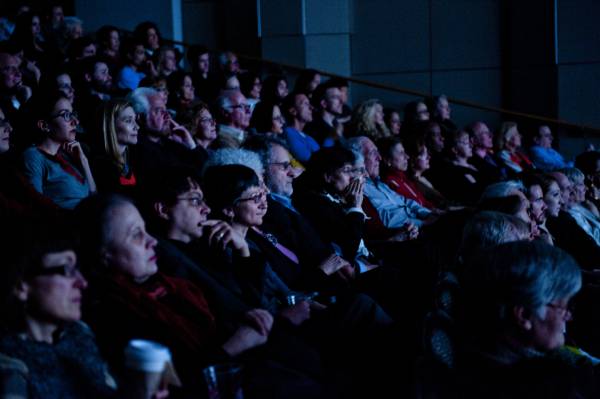
Ending the disposable audience mentality
Every project you make is a startup product, but meant to further the whole of your career in the future. Your body of work should build on itself, growing in experience and helping to push out to the wider world with each successive project . However, it is a mistake to think that audiences also have to be looked at as a new startup with each new project. I would like to do away with the practice of discarding the audience after a film has run through its release windows. This goes for artists as well as distributors. It is extremely wasteful and even rude to court an audience for a period of time and then drop them only to start up again in a year or two or to regard them as mere receptacles for your one way advertising messages. The audience is growing used to expecting access on a near constant basis with brands (if you are an artist, you are a brand) and your brand needs to be more than a logo. It has to be a personality, an identity, it has to show the world what you believe if you expect any loyalty or relationship.The days of viewing your audience as some abstract entity or eyeballs with wallets are over and the days of thinking that all you have to do is make great work and it will just be found are over. Artists need to start cultivating their own audiences for a sustainable living.
Starting from Open, Random and Supportive*
Closed, Selective and Controlling. This is the mindset we have been used to in most aspects of the arts and in business. We have been operating mostly away from the public, hidden behind a logo and faceless entities we hired to speak for us (distributors, managers, agents and publicists). We listened to selective voices and we allowed only a selective group behind our closed doors of creation. We controlled all access in how our work was seen, experienced and who could talk about it or share it. This is NOT the world we live in any longer.
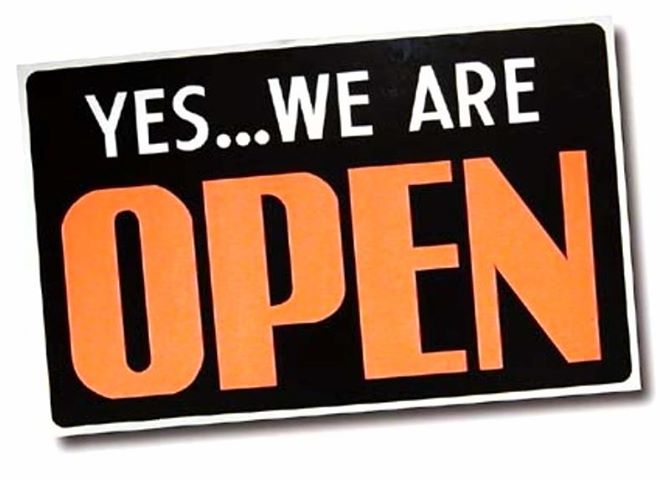
We need to open ourselves up to meeting all kinds of people and listening to all kinds of voices. Openness helps us grow. Be Open in accepting that this change in how people communicate has already happened, no matter how much you wish it hadn’t or how much you think it is just a phase. A major change in human communication has happened and the days of closed, selective and controlling are not returning.
Accept Random information. There is an endless supply of information streaming at us every day and the answer is not to cut yourself off from it. Learning to filter the noise, analyze the random in order to find the relevant is becoming a human skill that we will need in order to evolve and survive. Our children are already learning to do this, we need to catch up.
The Internet operates best in an open environment where sharing information, educating people, and building a large number of connections breeds success. Rather than thinking from greed and competition, think about how much faster you can grow your success by being Supportive of others and giving instead of only figuring out how to take from them.
Social channels are only tools
No matter which channels you choose, know that they are only tools to help accomplish your goals. When evaluating the tools, be realistic about the strengths you are going to bring to them yourselves. If you aren’t much of a writer, blogging probably won’t be a good tool for you I don’t care how much people say you should blog. Having a poorly maintained blog is worse than having no blog. If shooting video or photos is more your speed, then using Youtube, Instagram, Vine etc are tools on which to concentrate. If you would rather engage in short, pithy dialogue, Twitter will be your best tool. Not only will you need social accounts, you will need to populate these channels regularly. If you pick a tool that is torture to maintain, you won’t do it and you won’t accomplish much with it.
Goals to accomplish**
One goal for artists is to secure funding and one of the biggest opportunities in funding art projects is crowdfunding. You know what is at the foundation of successful crowdfunding? Having online connections with a core group of supporters. Crowdfunding can help you expand an audience, but it is extremely rare to have a successful campaign starting at zero connections. If you don’t have an active presence online, it will be exceedingly difficult to raise money this way.
Another goal is industry networking. I haven’t met a first time or unknown filmmaker yet who didn’t say they wanted their work to be a calling card to lead to future work. While you can tour the festival circuit or hit all of the pitchfests in hopes of making industry connections, you can also accomplish this by following prolific industry executives online and interacting with them in a valuable way. Valuable in this instance meaning how you show your value to them, not how they can be valuable to you. We’ll talk about adding value in subsequent posts.
Reaching a group of interested people. While you can do this only through releasing remarkable work, you can do this on a daily basis as well. In sharing what drives you artistically, professionally, you can pull in those who have the same sensibilities as yourself. You can also be a catalyst for meaningful dialog and change. If the thing that drives you as an artist is to raise awareness or give a voice to the voiceless through your work in a visual medium, you can do the same thing on social channels every day. You can mobilize communities and create change.
In the next post, I will talk about the main myths behind social network marketing and you may recognize a few that you believe to be true. In subsequent posts I will highlight the main social channels in use today. Bear in mind that new channels are being adopted and existing ones are being replaced every day. Also there are near constant changes to the capabilities on existing channels. Such is the challenge to using these tools, but the core of what you are trying to do with them is not changing. Connecting and relationship building with an audience will become a cornerstone of your creative success no matter what online tools you use.
*based on this talk from Thomas Power.
**based on Jon Reiss’ 5 goals common to filmmakers when releasing their work
Sheri Candler May 29th, 2013
Posted In: crowdfunding, Marketing, Social Network Marketing
Tags: audience building, connection, digital mindset, Facebook, Instagram, Jon Reiss, social networking, Thomas Power, Twitter, Vine, YouTube